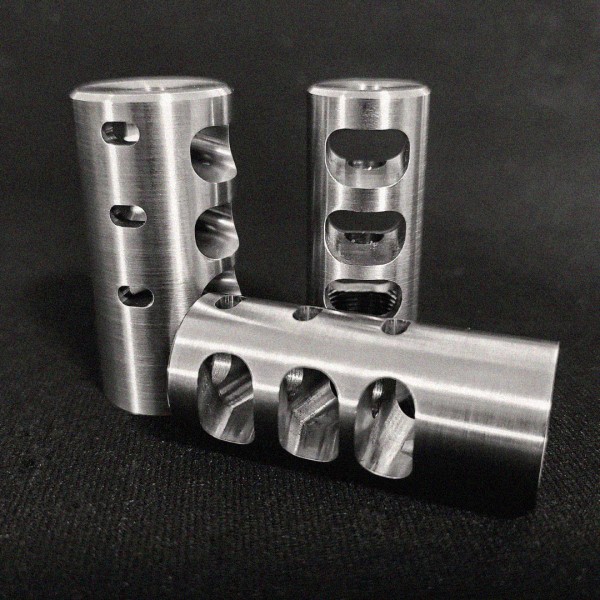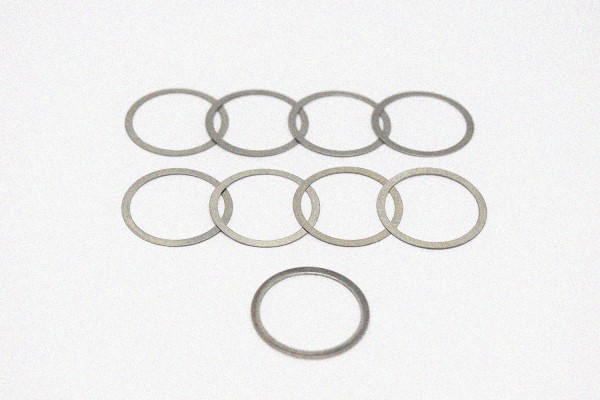Indexing a muzzle brake is important to ensure that the recoil and noise reduction benefits of the brake are optimized. There are several ways to index a muzzle brake, but the most common methods are:
- Adjusting it with shims
- Using crush washer
- Using locknut
You must first understand and then fix the posture of the muzzle brake. The model you have dictates the position of the muzzle, which can have up-down or side-side holes. Some muzzle brakes have both side-holes and up-holes.
Radial brakes don’t need to be timed.
To do it with shims follow these steps:
- Rotate the muzzle brake to 12 o’clock, where the holes are perfectly aligned to where they’re supposed to. This will be the position we are looking for.
- Screw in the muzzle brake by hand and use a torque wrench to apply the force recommended by the manufacturer.
- Find out how much the brake rotates when you tighten it with the wrench. Subtract this distance from the ideal position and estimate the number and thickness of shims that will be needed to bring the brake into this position when screwing it in by hand.
- Add shims and retighten the muzzle brake. You can add them one by one until reaching the desired position.
- Finish indexing your muzzle brake using a torque wrench.
If your rifle is not properly aligned, it might result in damage to the muzzle over time. Additionally, if your rifle is not properly indexed, the muzzle may gradually shift as you use it – something we clearly want to avoid.
Check out this video for visual support:
See also: the AmmoCave team picked out the best recoil buffers for you!


